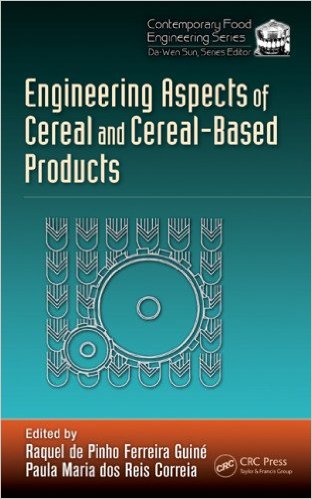The impact of this disconnect for
consumers and food manufacturers was the topic of discussion at a
symposium held at the Institute of Food Technologists (IFT) Annual
Meeting on June 14 in New Orleans, La.
Dietary guidance continues to stress the need for low-fat diets, yet numerous studies demonstrate the importance of balanced fatty acid intake in maintaining health. The impact of this disconnect for consumers and food manufacturers was the topic of discussion at a symposium held at the Institute of Food Technologists (IFT) Annual Meeting on June 14 in New Orleans, La. The participants highlighted that it is difficult to create blanket diet recommendations for all individuals especially for fatty acids. However, the average American can safely consume saturated fat as part of a balanced fatty acid intake, but should avoid intake of trans-fats.
“The traditional wisdom is that saturated fat is bad and unsaturated fat is good, yet many studies clearly show that the ratio of all fats taken together is more important for cardiovascular health,” says presenter K.C. Hayes of Brandeis University, Waltham/Boston, Mass. “Simply removing saturated fat from the diet is neither easy nor best to achieve optimal levels of LDL and HDL cholesterol.”
The 2010 U.S. Dietary Guidelines for Americans recommend replacing saturated fat with poly- or monounsaturated fat where possible. As many food manufacturers know, this may be difficult for food formulations that require a solid fat for product quality, taste and texture. Additionally, the guidance is not supported by recent peer-reviewed epidemiologic studies, which show that saturated fat is neutral in its effect on cardiovascular risk and may be protective against stroke.
According to Gerald McNeill from Loders Croklaan, Channahon, Ill., “Poly- and monounsaturated fats are liquid at room temperature, making them unsuitable for many food applications. The ideal for food formulators can be a natural blend of both saturated and unsaturated fat, as seen in palm oil because it provides the best of both worlds-functionality and a healthier profile.”
Research also indicates that not all polyunsaturated fat is a healthier replacement for saturated fat, as the government guidelines broadly suggest. As highlighted during one presentation, linoleic acid, a type of polyunsaturated fat found in soy and corn oil, can be as much as 20% of the average American diet. However, when consumed above 5% of the diet, there appears to be no benefit and appears to increase inflammation, a risk factor for heart disease. According to a meta-analysis written by Christopher Ramsden and published in the British Journal of Nutrition, this occurs because high levels of omega-6 polyunsaturated fat, such as linoleic acid, block the conversion of omega-3 fatty acids, which are important for reducing inflammation in the body.
Get our new eMagazine delivered to your inbox every month.
Stay in the know on the latest snack and bakery industry trends.
SUBSCRIBE TODAY!Copyright ©2024. All Rights Reserved BNP Media.
Design, CMS, Hosting & Web Development :: ePublishing





